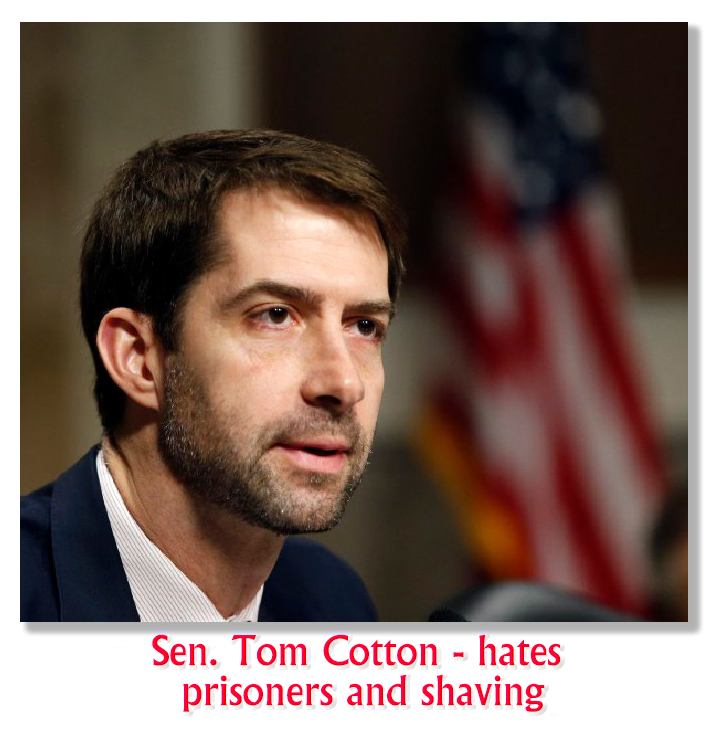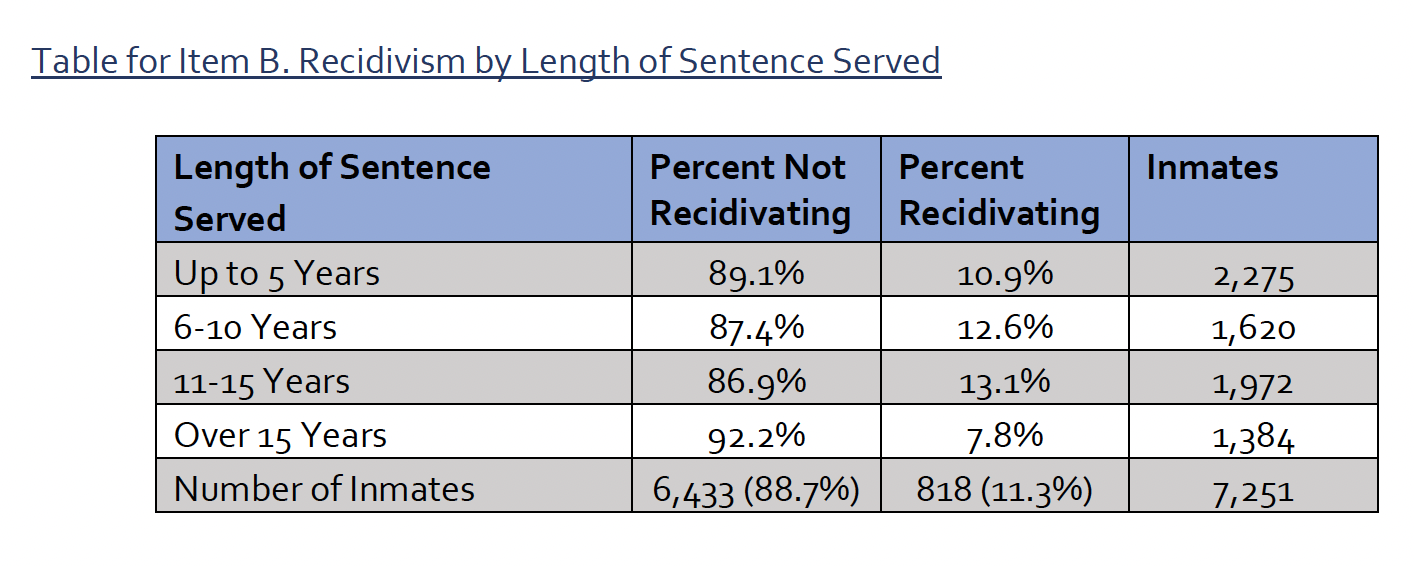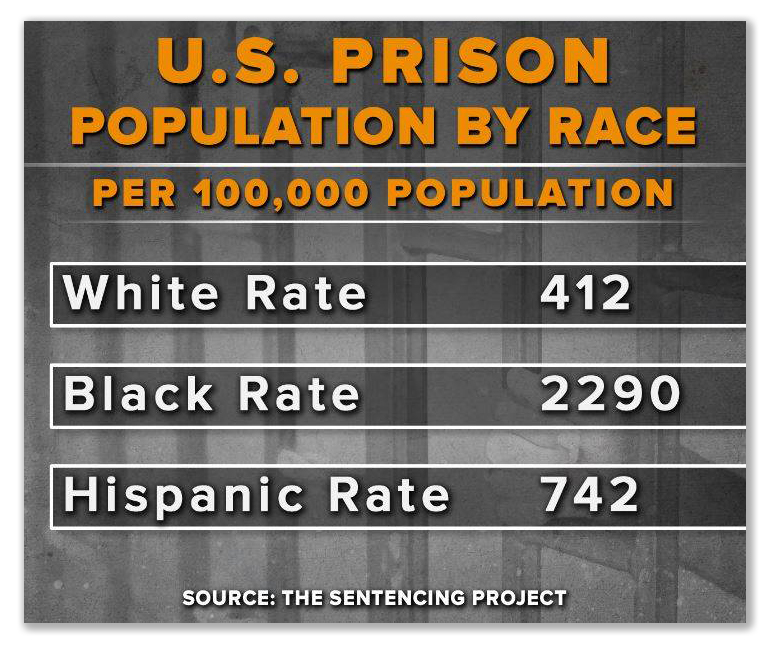We post news and comment on federal criminal justice issues, focused primarily on trial and post-conviction matters, legislative initiatives, and sentencing issues.

BOP STUDY SHOWS CARES ACT REDUCED RECIDIVISM
 You may remember a Senate effort last fall, S.J.Res. 47, to force those still on CARES Act home confinement back to prison. That measure, sponsored by Senator Marsha Blackburn (R-TN) and co-sponsored by 27 other Republicans, was sent to the Senate Judiciary Committee where it is languishing with no hearings and no prospects for being reported out.
You may remember a Senate effort last fall, S.J.Res. 47, to force those still on CARES Act home confinement back to prison. That measure, sponsored by Senator Marsha Blackburn (R-TN) and co-sponsored by 27 other Republicans, was sent to the Senate Judiciary Committee where it is languishing with no hearings and no prospects for being reported out.
Sen. Tom Cotton (R-AR) declared at the time that extending CARES Act home confinement — especially now that federal inmates have been vaccinated or offered the vaccine for COVID-19 — “betrays victims and law-enforcement agencies that trusted the federal government to keep convicted criminals away from the neighborhoods that the offenders once terrorized.”
 Good ol’ Tom. Every federal prisoner has an inner rapist/drug dealer just waiting to erupt upon release from prison to terrorize women and children.
Good ol’ Tom. Every federal prisoner has an inner rapist/drug dealer just waiting to erupt upon release from prison to terrorize women and children.
The Federal Bureau of Prisons issued a study last week showing that “the CARES Act’s provision for early and extended home confinement did not negatively impact recidivism rates. In fact, it may have contributed to a reduction in post-release recidivism, offering a promising direction for justice-involved stakeholders seeking effective strategies to reduce incarceration and its associated costs, while also promoting public safety and successful reintegration into society.”
The study determined that prisoners with a CARES assignment failed no more or less than comparable persons in home confinement (during the final 6 months/10% of their sentences). The CARES Act and were less likely to recidivate in the year following release from custody (3.7% vs 5.0%) and marginally less likely to be rearrested for violent offenses (0.9% vs 1.3%). And those with a CARES assignment fail less often than comparable persons after release.
BOP Director Colette Peters said, “This study suggests that reducing incarceration for appropriate people through measures like early and extended home confinement does not compromise public safety and in fact, suggests it may contribute to successful reintegration into society.”
 Writing in Forbes, Walter Pavlo said, “The BOP intends to build on the information from this study and others on home confinement. Prisons remain crowded and many inmates are serving longer sentences in expensive institutions than are necessary. Home confinement, which is a major benefit to both inmates and taxpayers, is a big part of the First Step Act. Whether the BOP can fully implement the program to get inmates out of prisons and into the community faster remains a challenge.”
Writing in Forbes, Walter Pavlo said, “The BOP intends to build on the information from this study and others on home confinement. Prisons remain crowded and many inmates are serving longer sentences in expensive institutions than are necessary. Home confinement, which is a major benefit to both inmates and taxpayers, is a big part of the First Step Act. Whether the BOP can fully implement the program to get inmates out of prisons and into the community faster remains a challenge.”
BOP, CARES Act: Analysis of Recidivism (March 29, 2024)
BOP, CARES Act Shows Promise in Reducing Recidivism, Reinforcing the Benefits of Reduced Incarceration (March 29, 2024)
Forbes, Bureau of Prisons Releases Encouraging Study on CARES Act (March 30, 2024)
– Thomas L. Root



























